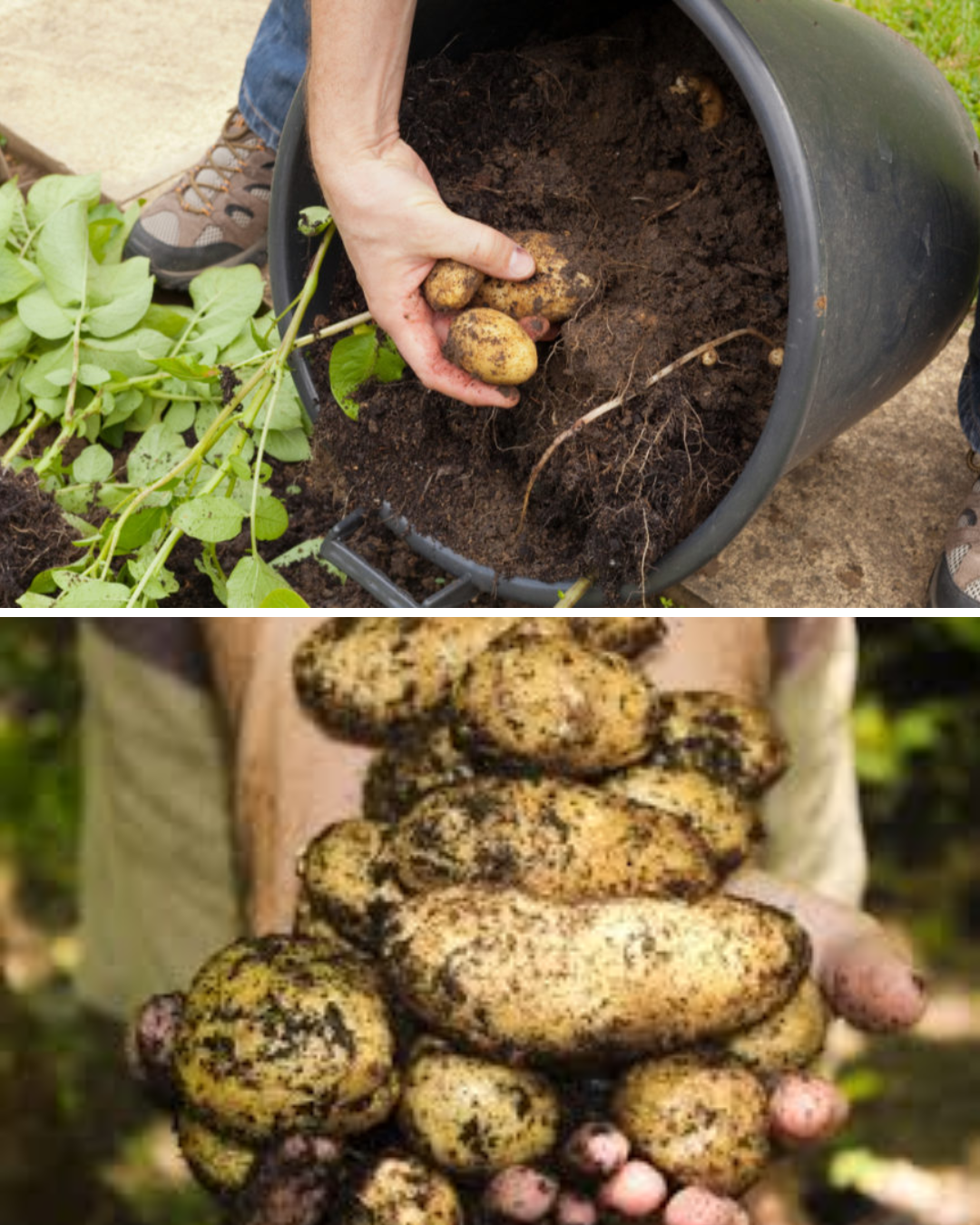For many gardeners, the potato is a staple of the homegrown vegetable garden. It’s easy to grow, versatile in the kitchen, and a delicious addition to any meal. What’s even better is that with a bit of planning, you can enjoy a second harvest of fresh potatoes just in time for Christmas.
Understanding Second-Crop Potatoes
Potatoes planted in late summer for a late-autumn or Christmas harvest are known as second-crop potatoes. These are the same seed potatoes sold in spring, but they’ve been stored in a cool place to prevent premature growth. You can also save seed potatoes from your spring crop, as long as you store them in a cool, bright spot, away from pests, and plant them before the shoots start to wither.
One important note: don’t try to replant potatoes from your summer harvest, as they won’t grow. Potatoes need a dormancy period before they can sprout, so using true seed potatoes is essential for success.

How to Plant Second-Crop Potatoes
Second-crop potatoes generally take about three months to mature. They’re grown similarly to spring potatoes, but with two key differences: first, the warm late summer weather means they don’t require pre-sprouting, so they’re ready to grow as soon as you plant them. Second, you’ll need to protect them from the cold later in the season, especially when frost becomes a risk.
The easiest way to grow second-crop potatoes is in containers. A 30cm (1 foot) wide and tall pot can hold one potato plant, while larger containers (like trash cans) can hold up to four.
To plant, place the seed potatoes on a layer of compost or potting soil, about 10cm (4 inches) deep. Cover with another 10cm (4 inches) of compost, and continue topping up the soil as the plants grow, adding 5-10cm (2-4 inches) at a time. Keep the soil moist, and consider using homemade liquid fertilizers to encourage healthy growth.

Planting in the Ground
If you have enough time before the weather turns cold, planting potatoes directly in the ground can also be successful. Choose a sunny, warm spot and plant your seed potatoes in trenches, spacing them about 30cm (12 inches) apart. Once the plants grow to around 20cm (8 inches), begin “earthing up” by drawing soil up around the stems, creating ridges that allow the potatoes to grow.
Protecting Potatoes from Frost
One advantage of container gardening is that you can easily move the plants indoors if cold weather threatens. A greenhouse, polythene tunnel, or conservatory provides ideal protection. If frost is expected, wrapping the container with corrugated cardboard or bubble wrap will help insulate the potatoes. You can also cover the foliage with fleece at night, removing it during the day to ensure the plants still get sunlight.

Harvesting and Storing Your Potatoes
Potatoes are ready to harvest when the foliage begins to yellow and die back. At this point, cut off the tops and prepare to dig up your crop. If you’re growing in containers, simply tip the pot over and sift through the compost to find your potatoes. For ground-planted potatoes, use a fork to carefully lift the plants, starting a few inches away from the base to avoid damaging the tubers.
If you want to enjoy your potatoes at Christmas, leave them in their containers, keeping the compost slightly moist. As long as temperatures remain cool but frost-free, you can store them in the soil for an extra month or two. For potatoes grown in the ground, protect them with extra soil if you live in a temperate region. In colder climates, it’s best to dig them up and store them in boxes of coarse sand in a frost-free place.
Growing second-crop potatoes is a rewarding and satisfying way to extend your harvest and add a homegrown touch to your holiday meals. By following these tips, you can enjoy fresh potatoes throughout the winter and bring a bit of your garden’s bounty to your Christmas dinner table!
